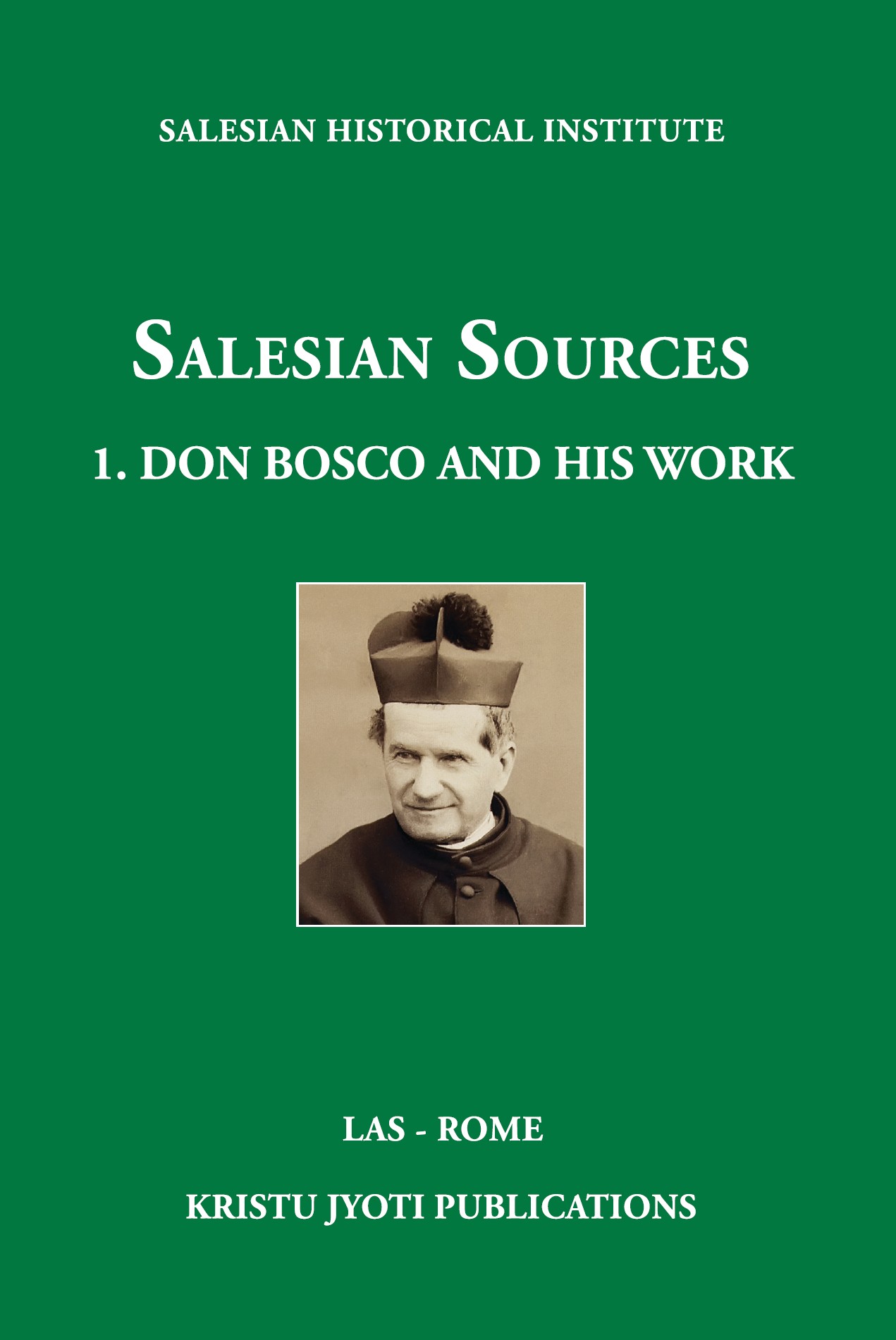Don Bosco, at the advice of his spiritual director, St Joseph Cafasso from autumn 1844 to summer 1846 lived at the Barolo Refuge as chaplain of the Little Hospital of St Philomena, opened in August 1845. In the same place and in other temporary places not far from Valdocco, he carried out his early priestly ministry on behalf of boys, mostly immigrant lads who had no parish of reference. On the vigil of his move to the Pinardi house, he drew up for the civil authorities of the city of Turin, who were responsible for and concerned about public order, a very brief account of his three years of catechetical activity, indicating the aims and results he had achieved that were positive both for civil society and the Church (no. 1).
Three years later (1849), the oratory work at Valdocco had already extended to another two parts of the city (Porta Nuova, Vanchiglia), was frequented by around a thousand boys, but had been extended especially through school activities and a small boarding house (no. 3).
Three years later again (1852), always in view of tackling new needs of the youngsters, the structures at the Oratory at Valdocco were considerably extended with new buildings, including a new church, thanks also to the results of a raffle (lottery) which enabled Don Bosco to succeed in considerably broadening his circle of benefactors (no. 6). Amongst these were well-known city authorities and personalities invited to attend an academic performance put on by his evening classes for young working lads (no. 7).
The attention of this sub-alpine educator however was potentially addressed to a very wide circle of young people: young Piedmontese who needed moral education at a time of freedom of the press, by means of a newspaper for them (no. 2), to young apprentices at the Oratory whom he helped internally by means of a Mutual aid Society (no. 4) and whom he helped outside with regard to their rights from their employers in town (no. 5), to Italian youth in general and the ordinary people in the country needing protection at a time of strong secularisation, through a range of publishing initiatives (no. 9).
During the years of the “home attached” at the Oratory, by now economically guaranteed (no. 8), this was now enriched with new activities: internal secondary classes (no. 11), arts and trades workshops (no. 12), a large church (no. 16). All this was realised at a time that was religiously and politically difficult, feeding suspicions amongst the governing authorities who also appreciated the work at Valdocco. Don Bosco sought to defend himself through personal contacts and detailed self-defence in correspondence (no. 15).
For the internal use especially of his growing Salesian Congregation he drew up occasional accounts of the history of the Oratory, where he was the main character, actor, witness, and the only formator of its personnel (nos. 10, 13, 17).
Meanwhile in Turin the Oratory of St Aloysius at Porta Nuova was also growing, with the construction of a new church (no. 19).
In turn the Oratory (and the home attached) at Valdocco, to which Don Bosco dedicated all his concern, and in which and from his direct experience he developed his educational system and formed his teachers, began to become, because of its chronological precedence, its coverage and prestige, the mother house for youth works and the Salesian Congregation itself. In the early seventies the tiny ‘kingdom’ of Valdocco was ready to extend its boundaries under the banner of a mission perceived as desired and blessed from on high. The charismatic figure of Don Bosco and the original experiences of his ‘sons’ by his side at the mythical Oratory at Valdocco became sources of inspiration for whoever left home to be transplanted under other skies.
The 16 documents published here in chronological order (along with the other 22) mark in a certain way the main stages of internal development of the Oratory at Valdocco. Obviously for a better understanding of its history, you should go to the bibliography at the end of the volume.
Reference time period: 1846 – 1864
Salesian Historical Institute, Salesian Sources 1: Don Bosco and His Work. Collected works, LAS – Kristu Jyoti Publications, Rome – Bangalore 2017, 9-59
